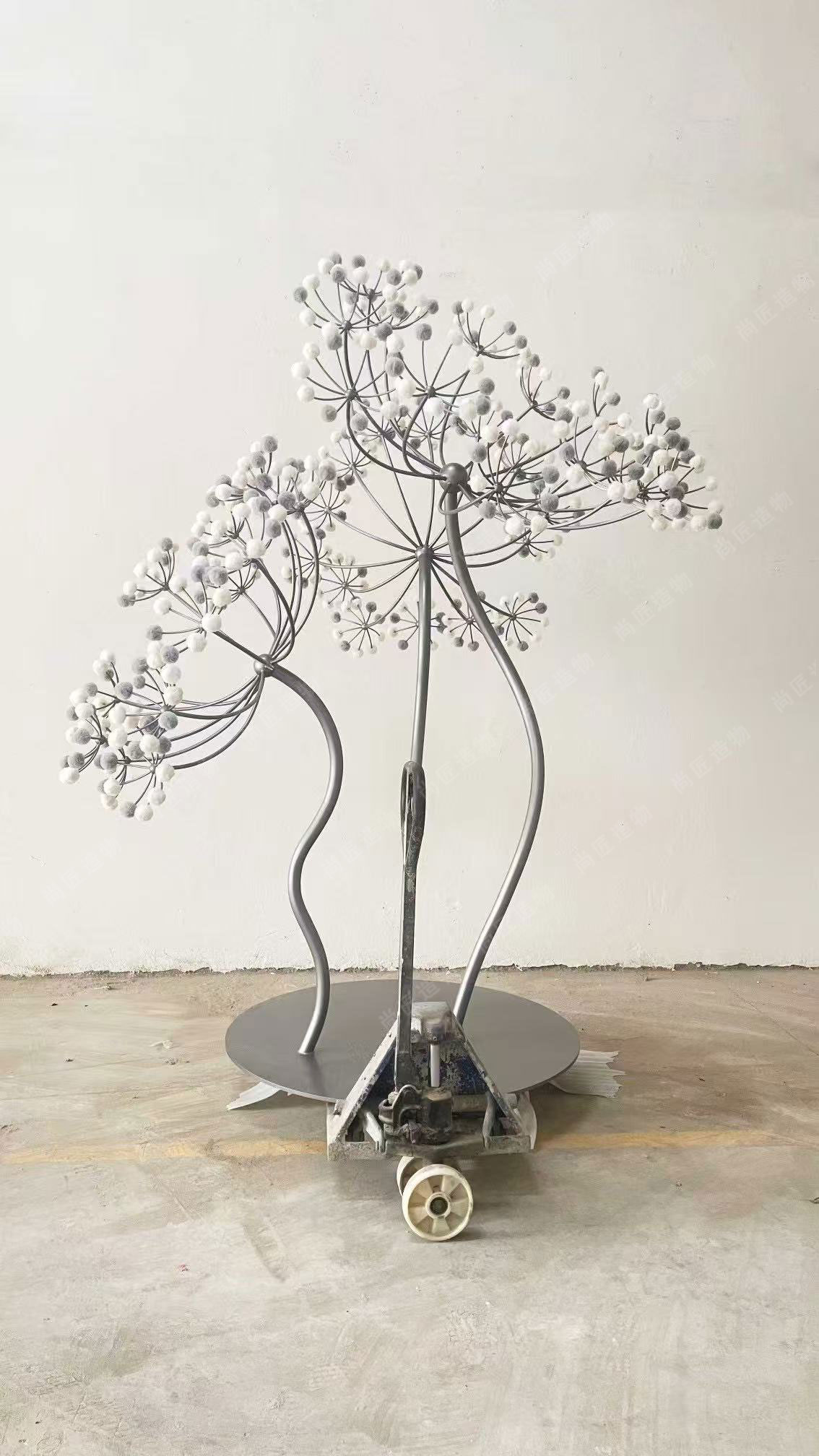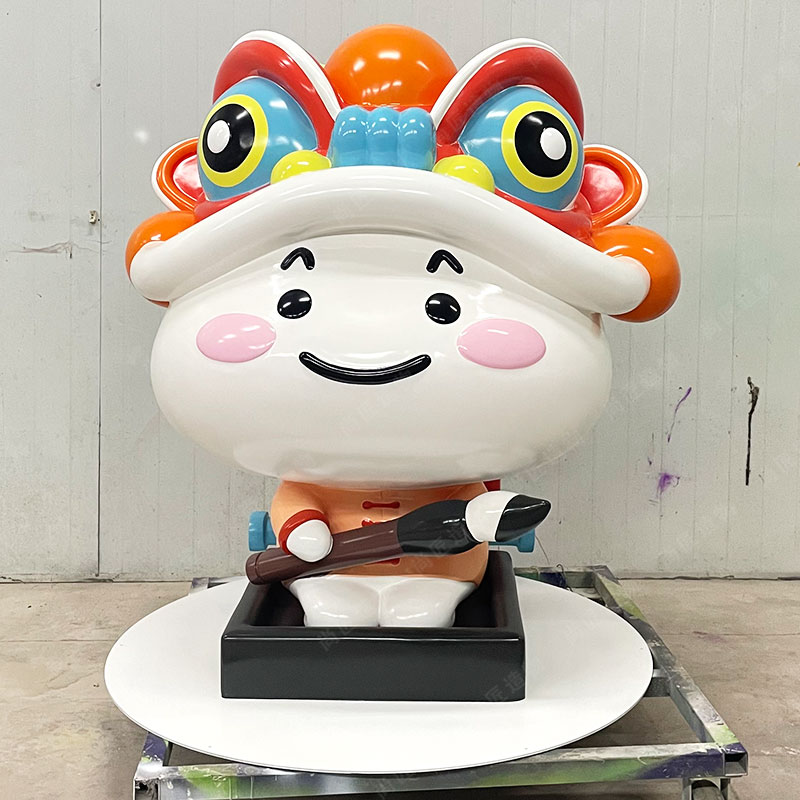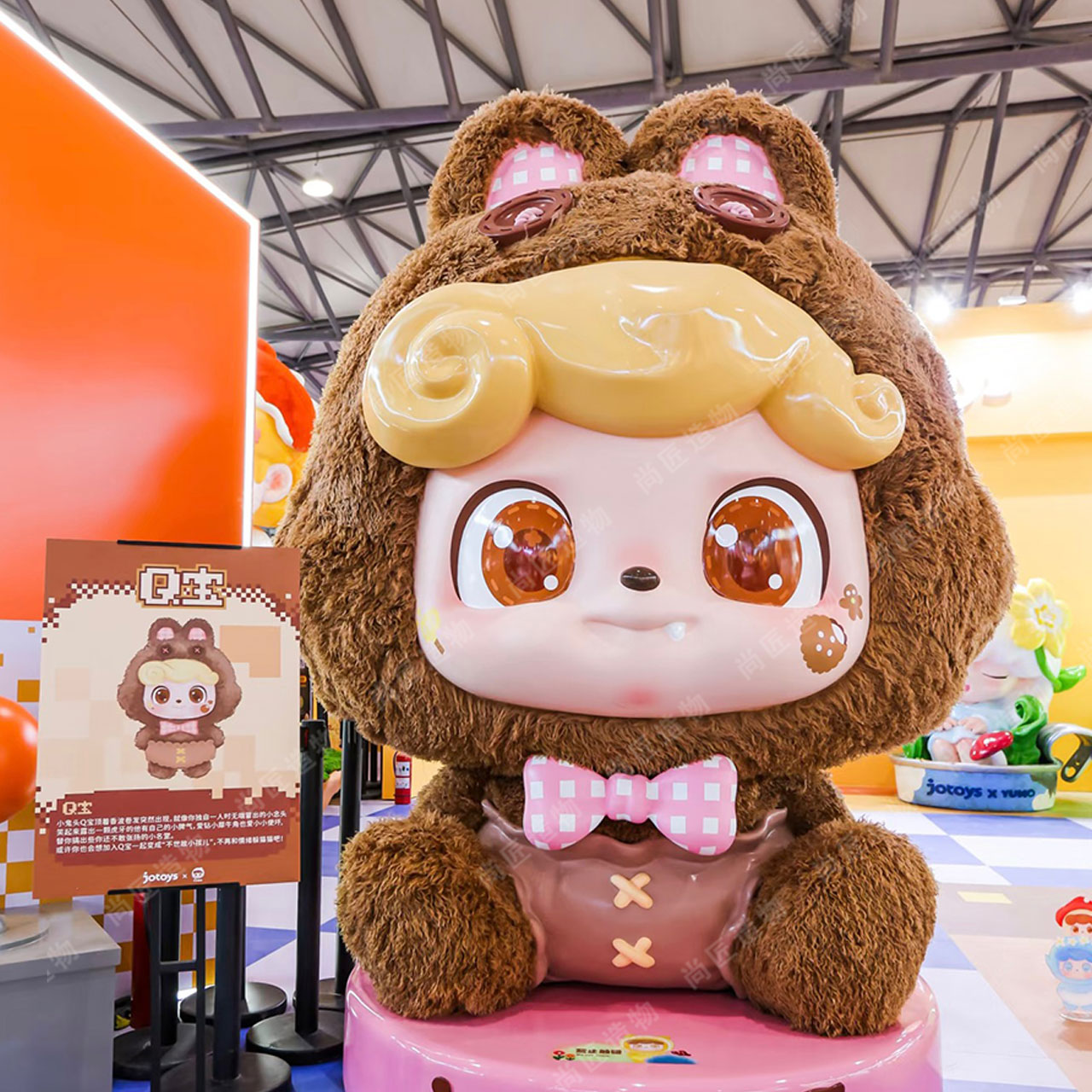Key Takeaways
Branded mascots transcend traditional static representations when designed as kinetic sculptures. These moving artworks harness environmental elements like wind or integrate mechanical systems to create captivating motion, transforming brand symbols into dynamic three-dimensional experiences. This approach allows companies to express identity through perpetual movement, making mascots more memorable and engaging.
"Kinetic mascot design merges brand storytelling with physics, creating living emblems that interact with their surroundings," notes Carla Jensen, Motion Design Director at Arte Dynamics.
Key advantages include:
| Movement Type | Primary Benefit | Brand Application |
|---|---|---|
| Wind-Powered | Eco-friendly operation | Outdoor installations, event activations |
| Mechanical | Precise choreography | Retail displays, trade show exhibits |
| Hybrid Systems | Adaptive responsiveness | Architectural integrations, public art |
Effective kinetic mascots require specialized fabrication. For lasting installations, consider partnering with experienced IP character sculpture studios familiar with movement engineering. Beyond visual appeal, these sculptures create multisensory connections—the whisper of wind-driven components or the rhythmic pulse of mechanical systems becomes intrinsically linked to brand perception. Such dynamic embodiments convert passive observation into active brand experiences, anchoring corporate identity in physical motion principles while maintaining clear brand messaging through consistent visual language.

Branded Mascots as Kinetic Art
Branded mascots evolve beyond static figures when designed as kinetic sculptures. These moving artworks capture attention through wind-powered rotations or mechanical gestures, transforming brand symbols into living embodiments of company values. The motion element adds emotional resonance – a waving arm or spinning component creates approachable, memorable interactions that static models cannot achieve. This dynamic approach allows brands to express energy, innovation, or playfulness through physical movement patterns. For example, a beverage company might install a mascot with pendulum-like mechanics suggesting refreshment, while tech firms often opt for smooth robotic motions conveying precision. Integrating movement requires specialized design considerations where traditional Cartoon sculpture principles merge with engineering. Such sculptures maintain brand consistency while offering fresh engagement opportunities at trade shows, headquarters, or public installations. Their continuous motion mirrors active brand narratives in tangible 3D form.
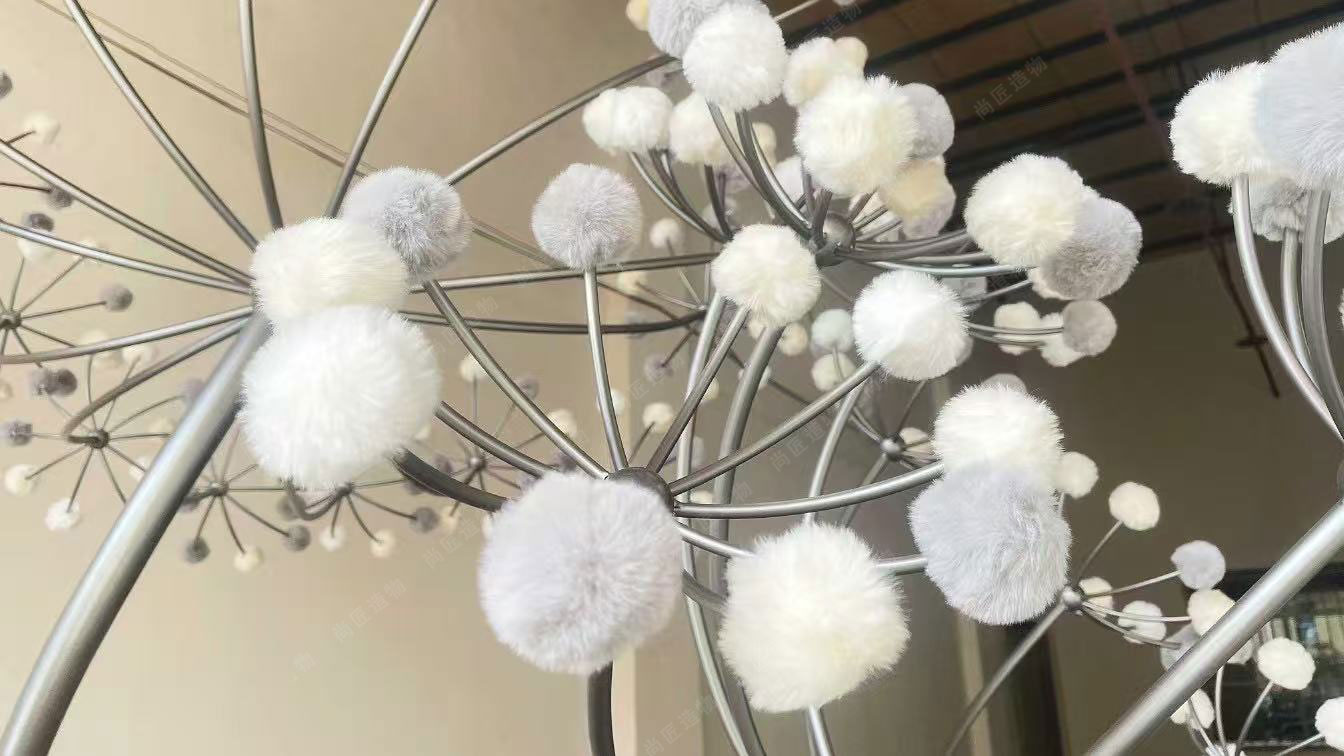
Moving Sculpture Art for Brands
Beyond static representations, branded mascots gain remarkable impact through moving sculpture art. This evolution transforms traditional figures into dynamic elements that actively capture attention and convey a brand's energy. Utilizing motion—whether driven by natural wind currents or precise mechanical systems—these sculptures create memorable, interactive brand experiences. The constant, often subtle movement inherent in kinetic art ensures the mascot feels alive and responsive to its environment, fostering deeper audience engagement. Selecting durable materials, particularly fiberglass sculpture, is essential for these applications, as it withstands the stresses of movement and diverse weather conditions while allowing for intricate, expressive forms. This kinetic approach elevates the mascot from a simple symbol to a compelling 3D embodiment of the brand's core identity and values in action, naturally setting the stage for exploring how this motion specifically expresses brand essence.

Express Identity with Kinetic Mascots
Kinetic mascots transform static branding into dynamic storytelling devices. Their movement—whether wind-activated or mechanically driven—creates memorable interactions that reinforce brand attributes through physical expression. A mascot's rhythmic sway might symbolize flexibility, while precise mechanical motions could represent technological precision. This three-dimensional articulation allows brands to demonstrate core values like innovation or energy without verbal explanation. Unlike stationary sculptures, these moving figures establish emotional connections by mimicking lifelike behaviors that resonate with audiences. The strategic choreography of motion turns abstract brand identities into tangible experiences people can observe and remember. When designed effectively, kinetic mascots become silent ambassadors whose movements speak directly to a brand's character. Understanding kinetic sculpture principles ensures motion patterns align with intended messaging, creating coherent brand expressions that captivate viewers through purposeful animation.
Dynamic 3D Brand Sculptures Move
Moving beyond stationary displays, dynamic 3D brand sculptures fundamentally transform audience interaction. These sculptures actively capture attention through their inherent motion, whether powered subtly by wind currents or precisely engineered mechanical systems. This constant, often graceful, movement adds a vital layer of dimensionality and life that static figures simply cannot achieve. The kinetic element allows the mascot to embody the brand's energy and core message in real-time. Viewers aren't just observing a symbol; they are witnessing a character seemingly alive, reinforcing brand traits like innovation, agility, or vitality in a profoundly memorable way. The intricate design ensures the motion feels intentional and integral to the figure's form, enhancing its overall impact as a piece of realistic sculpture. Ultimately, this kinetic quality makes the brand experience far more engaging and unforgettable.
Wind-Powered Mascot Art Designs
Harnessing natural elements for motion, wind-powered mascot sculptures create captivating displays that embody brand vitality. These installations integrate aerodynamic principles with artistic vision, allowing breezes to activate rotating limbs, spinning elements, or flowing components. Designers strategically shape stainless steel sculpture frameworks to catch wind currents efficiently while maintaining structural integrity against weather variations. The resulting movement patterns—whether gentle swaying or dynamic rotations—translate abstract brand values into visible kinetic narratives.
Engineering considerations include weight distribution for balanced motion and corrosion-resistant materials for outdoor durability. Brands like weather technology firms or eco-conscious enterprises particularly favor this approach, aligning renewable energy principles with corporate identity. When wind interacts with these sculptures, it generates organic, ever-changing performances that attract prolonged audience engagement. This seamless fusion of environmental forces and branded artistry demonstrates how kinetic design transcends static representations, offering memorable 3D experiences that evolve with their surroundings.
Mechanical Motion in Brand Art
Mechanical systems provide a distinct approach to animating branded mascot sculptures, offering precise control over movement compared to wind-powered designs. These systems often employ internal motors, carefully engineered gear assemblies, or pneumatic actuators to generate motion. This engineered movement can range from simple, repetitive gestures, like a waving arm, to remarkably complex, programmed sequences that tell a miniature story. The predictability and reliability of mechanical motion allow brands to choreograph specific actions that directly reinforce their core message or personality traits. For instance, a mascot symbolizing innovation might incorporate smooth, rotational movements powered by servo motors, while one representing strength could feature powerful, piston-like actions. This deliberate control transforms the static sculpture into a dynamic brand ambassador, ensuring the intended expression of identity – be it playful, sophisticated, or technologically advanced – is communicated consistently through the programmed kinetic performance. The intricate engineering behind these moving parts becomes a subtle testament to the brand's commitment to quality and ingenuity.
Kinetic Sculptures Capture Brand Essence
Moreover, these dynamic creations transcend traditional branding by physically manifesting core values through engineered motion. When a sculpture sways with wind or rotates via mechanics, it transforms abstract concepts like innovation or agility into tangible experiences. For example, a tech company's mascot might incorporate precise mechanical pivots to reflect accuracy, while an outdoor brand could use fluid wind-responsive movements to evoke freedom. This kinetic dimension engages viewers on sensory and emotional levels, forging stronger connections than stationary counterparts. Studies indicate motion increases memorability by 65% compared to static installations, making kinetic sculptures strategic assets for experiential marketing. Their continuous movement also symbolizes brand evolution, demonstrating adaptability without verbal explanation. Such sculptures become three-dimensional storytellers that communicate identity through physics and artistry.
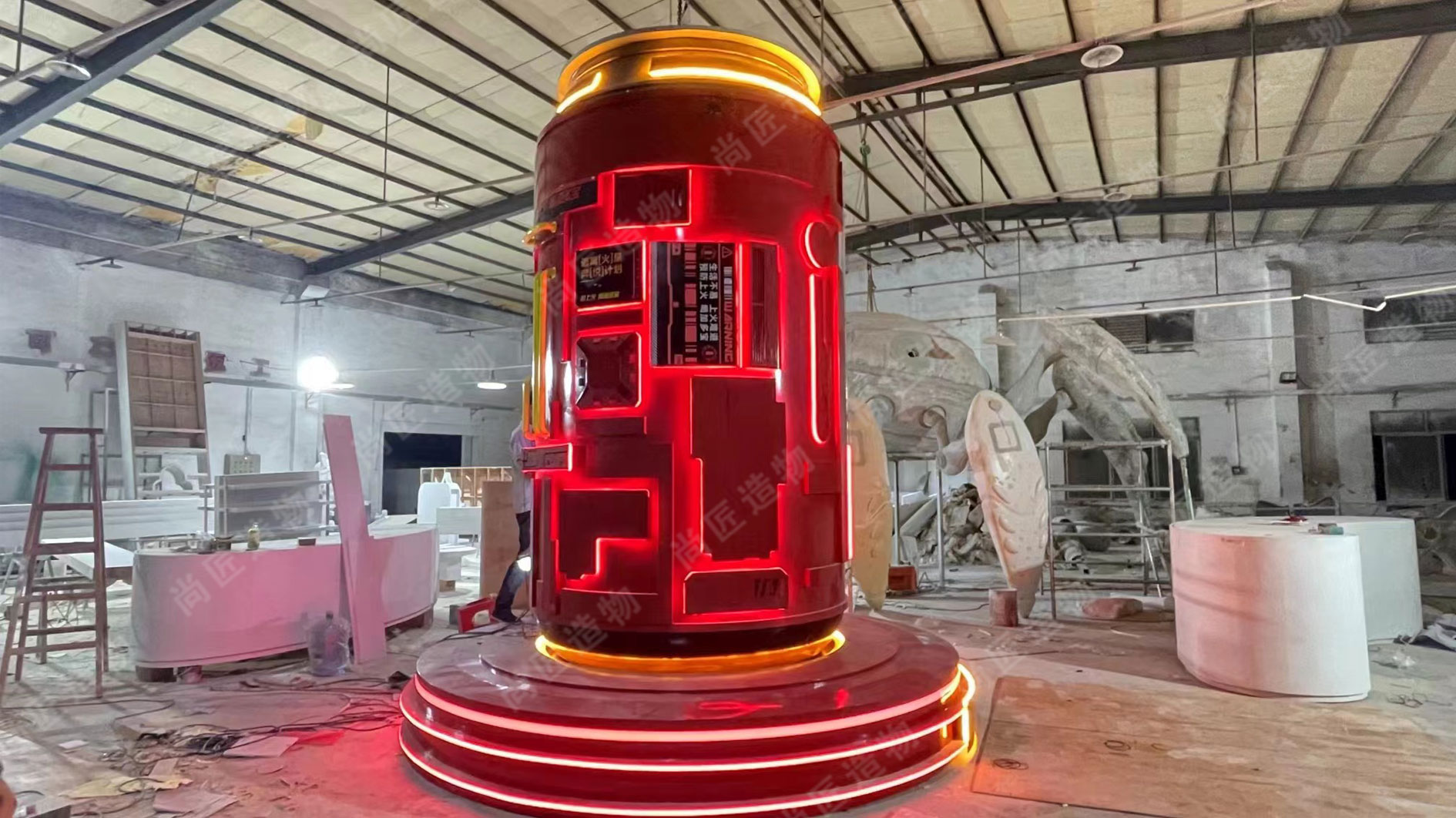
Mascots in Motion: Brand Expression
Branded mascots transform into dynamic storytellers when given movement. Kinetic sculptures capture essential brand traits through carefully engineered motion. Wind-powered designs sway naturally, suggesting freedom and approachability. Mechanical systems enable precise movements that mirror a brand’s efficiency or innovation. This motion turns three-dimensional figures into living expressions of identity. A rotating gear motif might represent industrial reliability, while fluid undulations could evoke environmental harmony. Unlike static statues, moving mascots create deeper engagement. Viewers connect with the brand’s essence as the sculpture performs its narrative. The rhythmic motion becomes a silent ambassador, reinforcing brand values without words. Such installations leave lasting impressions by blending art with strategic messaging through purposeful kinetics.

Conclusion
Kinetic mascot sculptures represent a significant advancement in how brands express their identity through physical art. By harnessing wind or mechanical motion, these moving sculptures transform static symbols into living representations of brand values. The dynamic interaction between form and movement creates memorable experiences that resonate with audiences far beyond traditional static displays. This art form effectively translates brand narratives into three-dimensional expressions that engage viewers on multiple sensory levels. As brands seek innovative ways to connect with communities, kinetic sculptures offer a powerful medium for creating emotional connections. Their ability to capture motion and change ensures each encounter feels fresh, reinforcing brand messages through continuous visual storytelling in public and private spaces alike.
Frequently Asked Questions
How do branded mascot sculptures actually move?
These sculptures typically harness natural forces like wind or incorporate engineered mechanical systems. Wind-powered designs use carefully shaped elements to catch breezes, while mechanical versions employ motors or gears for controlled motion sequences.
Why choose kinetic art for a brand mascot instead of a static statue?
Moving sculptures create dynamic engagement and memorability. The motion itself becomes part of the brand storytelling, visually representing energy, innovation, or specific brand values in a way static forms cannot achieve, making the identity expression more active and three-dimensional.
Are wind-powered kinetic mascots reliable in all locations?
Placement is crucial. Wind-powered designs require consistent airflow patterns. Locations with unpredictable or very low wind necessitate mechanical systems. Site-specific wind studies are often conducted during the design phase to ensure optimal performance and movement reliability for the sculpture.
What maintenance do moving mascot sculptures require?
Maintenance varies significantly. Wind-powered sculptures generally need less upkeep, primarily routine cleaning and checks for structural integrity. Mechanically driven sculptures require scheduled servicing of motors, gears, and electronic components to maintain smooth, consistent motion over time.
How long does it take to create a custom kinetic brand mascot?
The timeline is complex, involving concept development, engineering design for movement, fabrication, and installation. While simpler wind-responsive pieces might take several months, intricate mechanical sculptures with custom movement patterns can require a year or more from initial concept to final installation.
 ch
ch English
English

